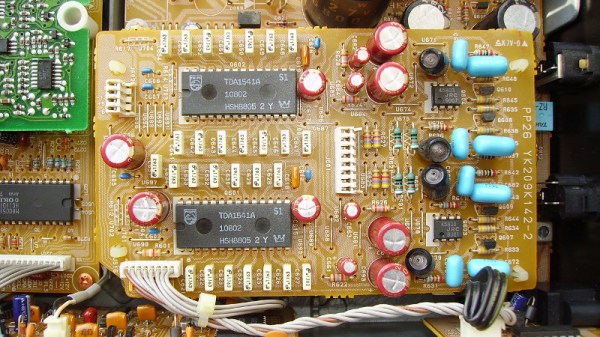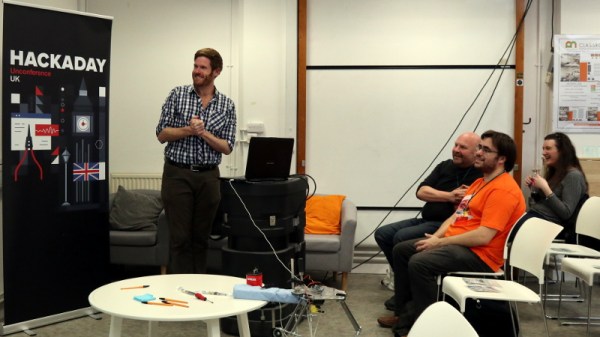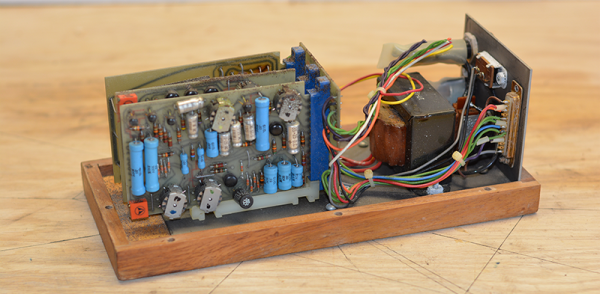Let’s get caught up on computer security news! The big news is Shadowhammer — The Asus Live Update Utility prompted users to download an update that lacked any description or changelog. People thought it was odd, but the update was properly signed by Asus, and antivirus scans reported it as safe.
Nearly a year later, Kaspersky Labs announced they had confirmed this strange update was indeed a supply chain attack — one that attacks a target by way of another vendor. Another recent example is the backdoor added to CCleaner, when an unknown actor compromised the build system for CCleaner and used that backdoor to target other companies who were using CCleaner. Interestingly, the backdoor in CCleaner has some similarities to the backdoor in the Asus updater. Combined with the knowledge that Asus was one of the companies targeted by this earlier breach, the researchers at Kaspersky Lab suggest that the CCleaner attack might have been the avenue by which Asus was compromised.
Shadowhammer sits quietly on the vast majority of machines it infects. It’s specifically targeted at a pool of about 600 machines, identified by their network card’s MAC address. We’ve not seen any reporting yet on who was on the target list, but Kaspersky is hosting a service to check whether your MAC is on the list.
While we’re still waiting for the full technical paper, researchers gave a nearly 30 minute presentation about Shadowhammer, embedded below the break along with news about Dragonblood, Amazon listening to your conversations, and the NSA delivering on Ghidra source code. See you after the jump!
Continue reading “Shadowhammer, WPA3, And Alexa Is Listening: This Week In Computer Security”




















